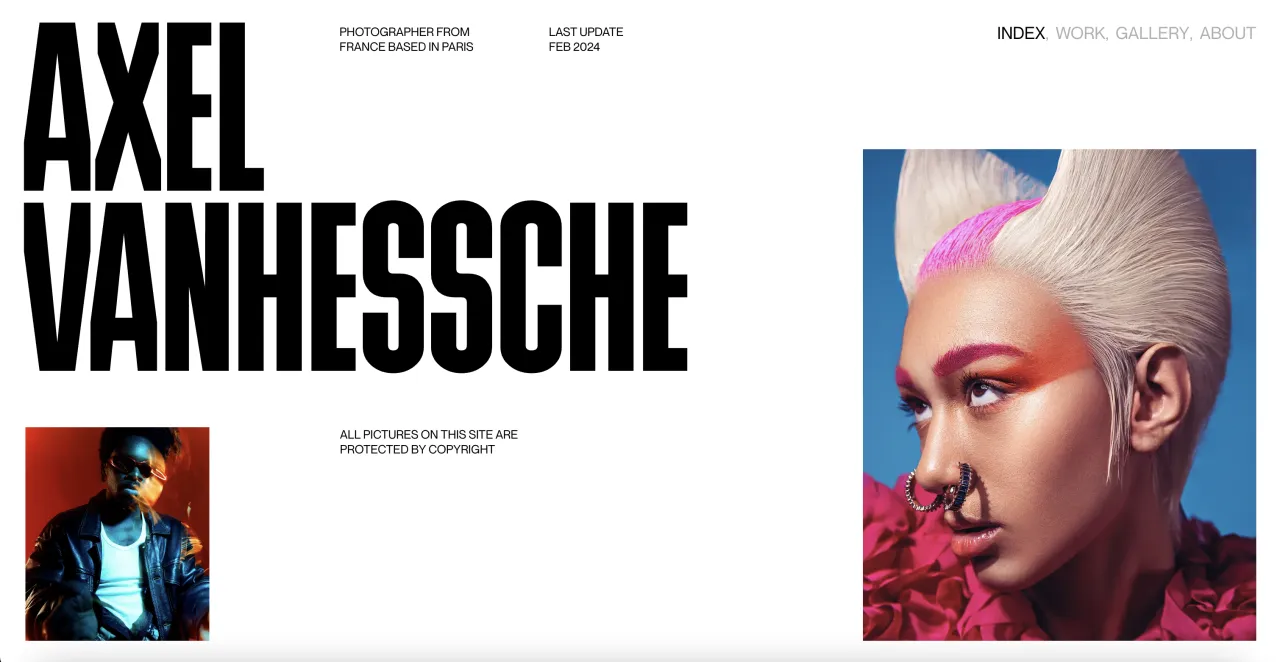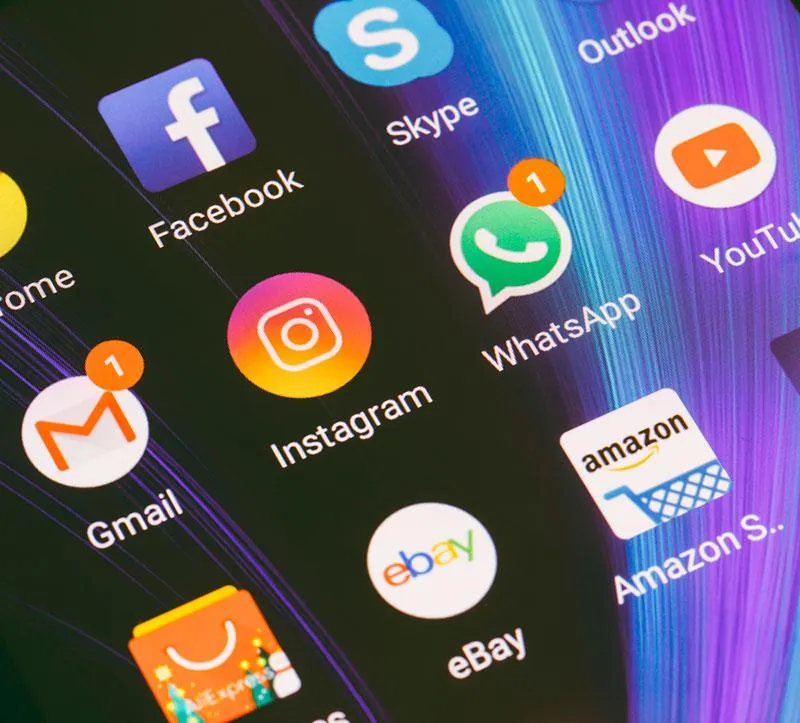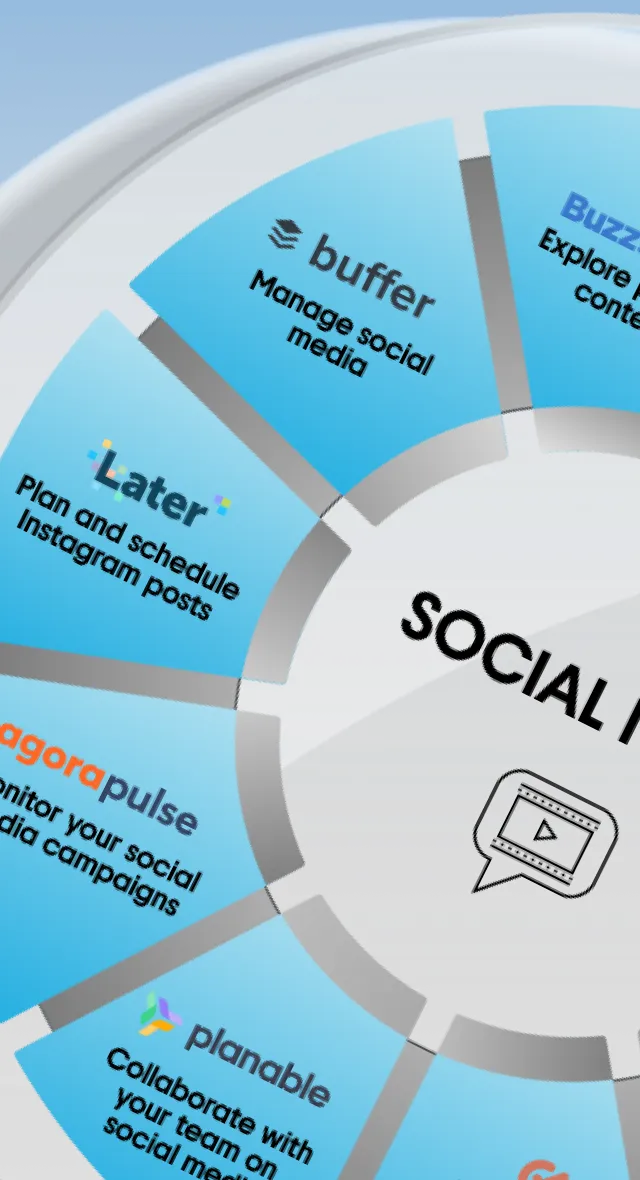Time to Catch Up on Social Media Trends for 2017
Social media trends change as quickly as we’ve strolled past the mid-year mark. At this point in the year, it’s a great idea to review those trends to see what has been working and what hasn’t. You’ve still got time to jump on this fast moving train.
For marketers, it’s important to know what to keep their eye on, how to tailor marketing strategies and how to do this in light of all the current trends. Take a breather. There’s a little over a handful of things you should be aware of.
1. The rise of authentic content and a more personalized approach
As with much of social media marketing, sometimes a very basic element is missing – authenticity and personalization. Consumers are craving to see more unpolished content, to find gems that are going to resonate with them on a personal level.
For instance, live video has been performing extremely well for many companies because of it’s very authentic, real and unfiltered nature. This type of content is compelling to large audiences and gives them something to remember you by.
Media is being transformed by live video. These types of social videos, in general, generate more engagement than other formats.
The most dramatic example is perhaps New Year’s eve, when millions of people used Facebook Live around the world:
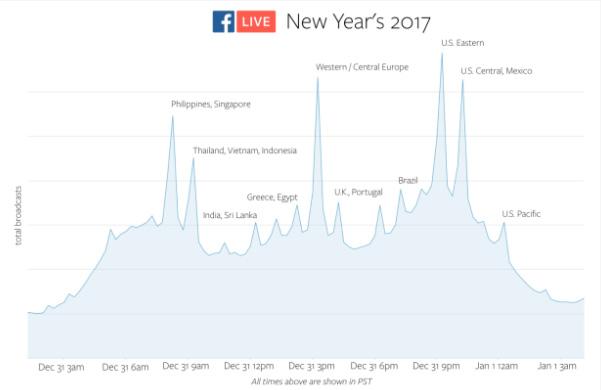
First and foremost, a trend that is going to propel you into the next year is a more personalized approach. Creating your own content can be another way to connect to your audience, live video being a great example of the fact that this approach works.
It’s also worth noting that people are getting less appreciative of traditional ads, therefore, with a little bit of help from Crello, a free graphic design tool, you can create your own graphics and other engaging content. Who knows your audience better than you do? Add a personal touch to your content!
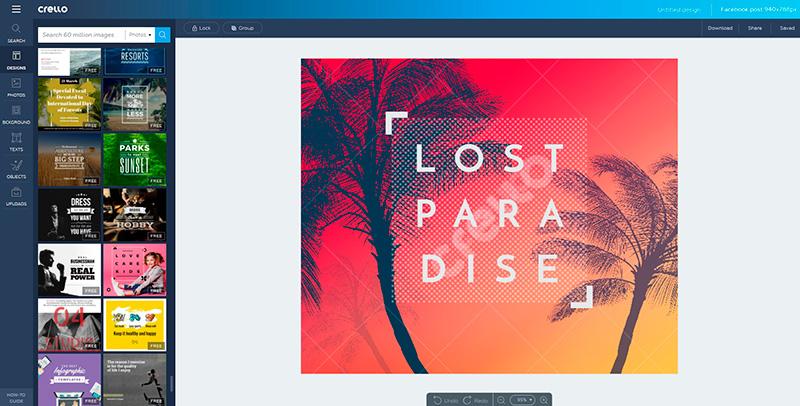
2. Struggles with organic traffic will force you to resort to paid reach
Some of you may remember the good old times when you could count on organic traffic. It’s becoming increasingly difficult to gain significant organic traffic from social media sites. In 2017, more companies are turning to boosting content and paying for promotion.
If you want to reach your target audience, don’t count on organic traffic. Paid reach is a popular option with many companies and businesses, news feeds are becoming more competitive by the day. This means you have to try different creative approaches to promoting your content.
The only sure way to expand your reach and get your content to your preferred target audience is to pay social networks to do so. Half way into 2017, we can safely say that paid reach is the new norm. This is supported by the fact that both Facebook and Twitter have changed their news feed algorithm to deliver relevant content to individual users.
The new algorithm puts content from friends and family first, before the ads. This means that brands have to get even more creative and design oriented to create ads that are eye catching and will get noticed instead of lost in the feed (don’t forget to boost them).
Sprinklr released a report with case studies on the topic involving Castro Moto. Here’s a piece of their findings in regards to paid reach:
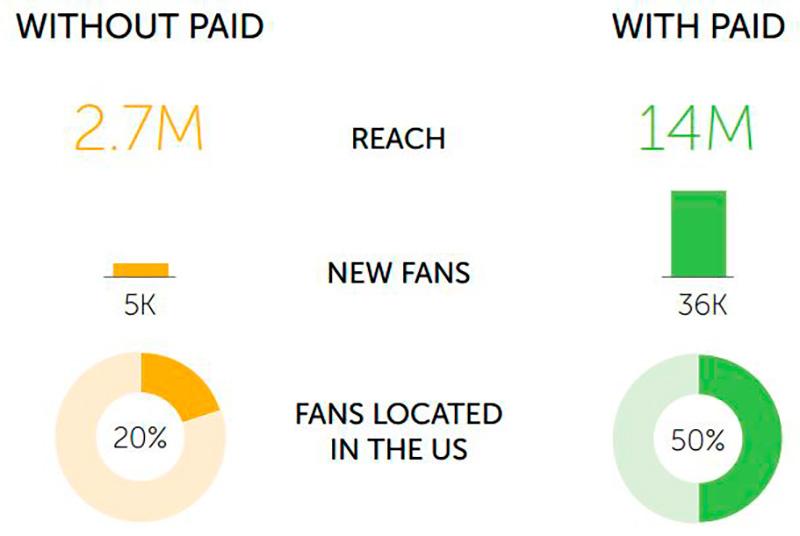
3. Mobile experience becomes top priority
Social media and mobile devices go hand in hand. The past few years, we’ve seen a dramatic increase of smartphone users. Every year, the numbers of people using mobile devices to access their social media accounts grows exponentially.
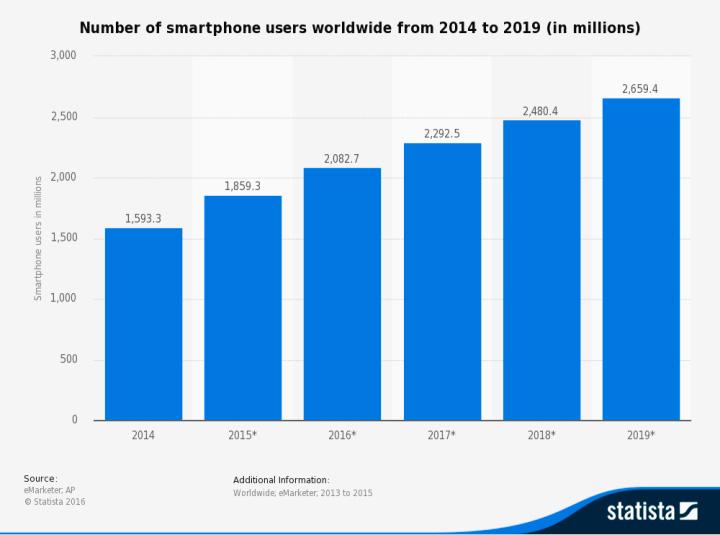
Image source: Statista
Mobile traffic is quickly catching up with desktop traffic. For businesses, this means they have to quickly adjust to this new format and optimize.
If you haven’t already, you really need to prioritize mobile users. If you’re still not convinced, 80% of social media ad revenues on Facebook came from mobile ads. This means that people now have a different preference.
The mobile experience requires a different approach. You have to experiment a lot with visual content and focus on improving the overall experience on smaller devices.
Be mindful of how your website, blog and letters look on a variety of mobile devices. As it is a growing way of looking for information, you can’t ignore this side of the user experience.
4. Instagram makes way for businesses
The fastest growing social network (not a surprise) is Instagram. Previously focused on visuals, Instagram now makes way for ads and businesses.
A new feature allows brands to turn their accounts from personal to business. A business account lets you advertise and gives you unique insights and statistics about your page.
Put together with the nature of Instagram, the ads make it a very attractive advertising platform. We’re seeing more and more people discover products and brands simply by scrolling in their feed.
As of today, there are about 8 million registered businesses that use Instagram business profiles. Interestingly, just earlier this March, over 120 million Instagrammers visited a website, called, emailed or direct messaged to learn about a business based on an Instagram ad.
Instagram also introduced Insta Stories, which allows users to post content that disappears in 24 hours. It’s quickly becoming a powerful tool for businesses as well. It’s much easier to share some behind the scenes content and a great way to attract more customers.
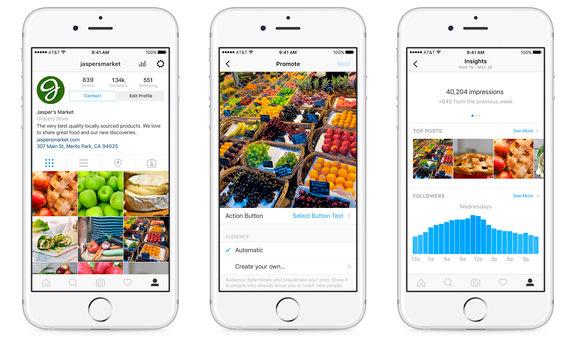
Image source: Macworld
5. Measuring impact becomes more difficult, a setup for better insights
Social media has it, that once the content is out into the world, there’s only so much you can track. Tracking, however, is very important to brands so this new trend is worth the read.
People are leaning towards sharing content on private apps, via text message on platforms like Whatsapp and Messenger. Up to 70% of online shares are taking place this way. That’s a surprising number that creates a black hole for data that can’t be traced.
Tools for measuring this type of sharing simply don’t exist yet. As a result, businesses adapted and started introducing share buttons on their websites. This can help narrow the gap and help track social media engagement. Key takeaway – sharing buttons are a must.

6. Rise of messaging apps and chatbots
As previously mentioned, private sharing dominates public sharing. This movement is contributing to the popularity of social messaging apps. Instead of dialing support, people would much rather get quick answers online.
More companies will try to incorporate messaging apps into their marketing plans. This is especially true for e-commerce applications and client support lines.
HeyWire Business conducted a survey and found that 53% of customers, between the ages of 18 and 34, prefer to use chats, emails and other media instead of the phone for customer support. The conclusion was that integrating text into support options will be vital in the coming years.
Chatbots are also paving the future of these interactions. They’re no longer entertainment, but used to connect to customers and help out. Facebook Messenger offers a chatbot service to help you do this. They can answer basic FAQs and other information right away.

Image source: WERSM
7. Video is still dominating
You’ve heard that video will be the future of content marketing and we’re all watching this quick transition. 2016 was the year for experimentation with video, and 2017 marks the implementation of the tricks that worked.
Facebook LIve and Periscope remain popular platforms. Today, it’s also Instagram, Facebook and YouTube that allows people to film and share their video content right away.
All these new additions make it easier for incorporating video into marketing strategies. Live video and video in general are a powerful medium for any business. What makes it so attractive? Live video is compelling because it is unfiltered content and it’s compelling for audiences that use social networks for entertainment.
You can count on video to bring you more engagement than any other format. Much of Facebook’s growth can also be attributed to video content.
Words and pictures are sometimes inadequate and integrating video into campaigns helps deliver concepts and ideas in a much simpler way.

8. Social ecommerce is booming
Instagram and Snapchat have been competing for quite some time now and especially over the past year. Advertising revenue is their new craze. Snapchat has released new advertising API that gives room for ad space. Instagram however, has approached the ecommerce market with the introduction of Shoppable Instagram. The new feature allows you to buy products by clicking on CTAs.
In this rivalry, a distinct trend was born – ecommerce via social platforms. Consumer are lurking on all corners of the internet and majority appreciate the option to purchase products right away on platforms like Instagram.
Brands need to leverage this phenomenon when building on their strategies for the next year. Combined with video, ecommerce on social platforms can be the driving force behind your online sales.

9. Influencer marketing on the rise – fans, brands, and influencers collaborate
Involving influencers helps to reinforce your credibility. Many brands have used this to establish trust from their prospective clients by collaborating with fans and influencers.
Print advertising is no longer as effective, but bringing on an influencer to talk about your products or services gains you a place in the spotlight.
Influencers come with their own following and that plays in well if they can vow for your brand. With the rise of social media, the groups of people that have authority in the social media space has increased dramatically over the past decade.
If you put this together with the video marketing trends, you’ll stumble on YouTubers. They have formed their own influencer network in the social media space.
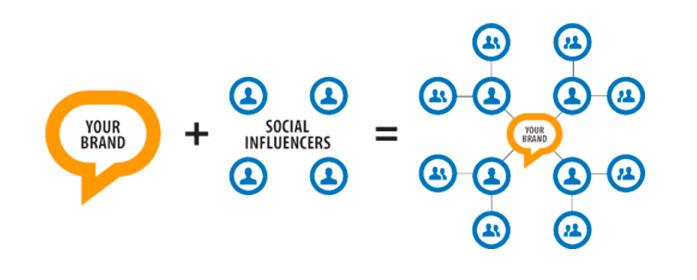
Image source: Digital Review
10. Popularity of expiring content
When we talk about expiring content, it’s things like Snapchat and Instagram stories. It’s the content that is visible for a limited amount of time. Snapchat came up with disappearing content first, followed by Instagram. Why has it become so popular?
Expiring content is very much ‘in the moment’. It’s relatively low cost to produce and gives you another way of connecting with your fans and followers. It’s a great opportunity to get creative and showcase your brand in a fun way.
It’s personalized content that is made with the intentions of it being fun. It’s always ultra relevant and offers users something different in terms of advertisements and insights to brand stories.
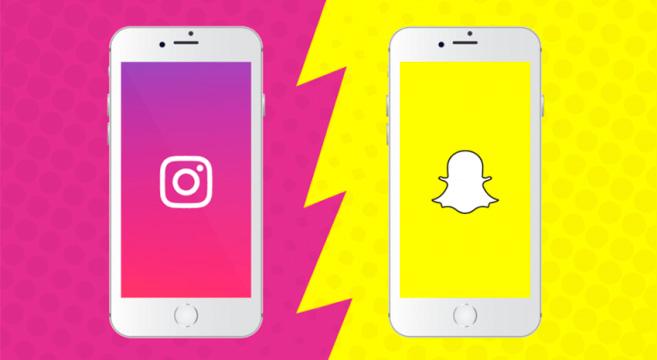
Image source: WERSM
11. Social networks are merging, offering similar features
Of the more recent events, Facebook got their hands on Instagram, WhatsApp and Oculus Rift, Twitter bought Periscope, Microsoft bought LinkedIn, and so the story goes.
In the coming years, we can only expect to see more of this – tech giants buying up mainstream platforms. Why is this important? In the coming year, marketers should watch out for news related to this, as it will affect the performance of your chosen social media platforms.
At the end of the day, this is just a good list to bounce off ideas, try something new and find more engaging ways to spread the word about your brand or business. You can be sure that many of these are prominent trends for the year, what remains in question is how quickly the social media landscape will change to bring us new trends in 2018.
